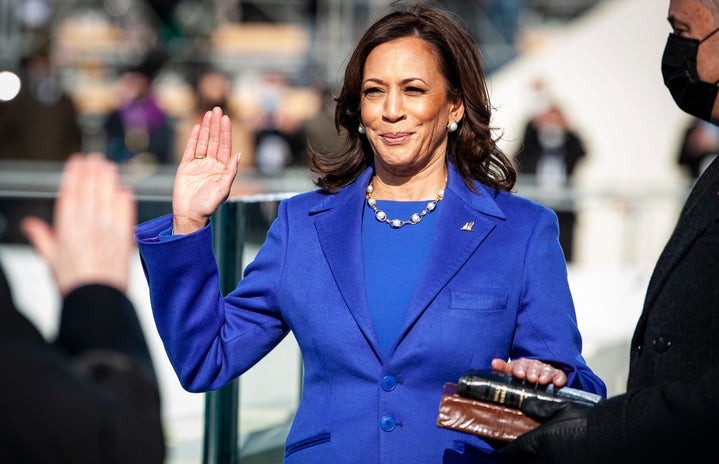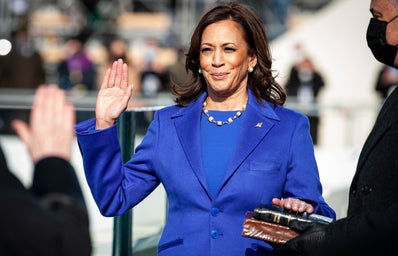It goes without saying that we live in a patriarchal society. Although we are in a much better position than we have been in decades previous, the blatant inequalities between men and women are still present in many areas, predominantly in politics.
Progress is slow and uneven, women are still underrepresented in politics, parliaments and public life. Women make up less than 23 percent of parliamentarians, with an average of 18 percent in the Arab region, while men make up more than 77 percent, leaving a more than 50 percent gender gap.
Attitudes towards women candidates are still largely characterised by deeply ingrained stereotypes, and political opponents will often use those stereotypes to question women’s capabilities. When we talk about women’s political participation, it is easy for us to imagine the empty seats around the decision-making table, and a little more difficult to picture the many obstacles and challenges women face to get into those seats. There is a growing recognition that women in 2020 are marginalised from political and public life. In the past few years, we’ve seen this play out in high profile elections in the US and around the world. Women are putting themselves forward for elections more and more, yet their numbers are still far behind those of men.
Why is this the case? Even though it is widely accepted that development, peace and prosperity in societies cannot be achieved without half of the world’s population, women continue to be side-lined in decision-making. The stigma against women in politics is still alive and well. They continue to face structural, socioeconomic, institutional and cultural barriers. The fact that more women are willing to run for office is a positive step. A study done in the US showed that women represented by a woman are more interested and become more involved in politics and feel more skilled and effective than did those represented by a man. When women represent other women, they are representing half of society, and can we really consider elections that do not include half of society democratic? Or institutions without gender parity, strong? Even countries with high rates of women in government are not models of gender equality all around. In Rwanda, for example, although the country has the highest proportion of women in parliament in the world, at around 61%, the country also has high rates of gender-based violence. The importance of representation is often underestimated, but the reality is, if you see someone who looks like you, sounds like you, and lives similar experiences as you, there’s a high chance that you’ll feel as though you too, can achieve what they have achieved. Young female role models such as Holly Cairns here in Ireland, to Alexandra Ocasio Cortez in New York, prove to us that the possibilities for young women in politics are endless.
To put a long story short, as women we can’t allow ourselves to shrink in the face of adversity, we have to stand tall, strong and not allow anyone tell us what we can or cannot achieve. We’ve come a long way, but we still have a long way to go.


